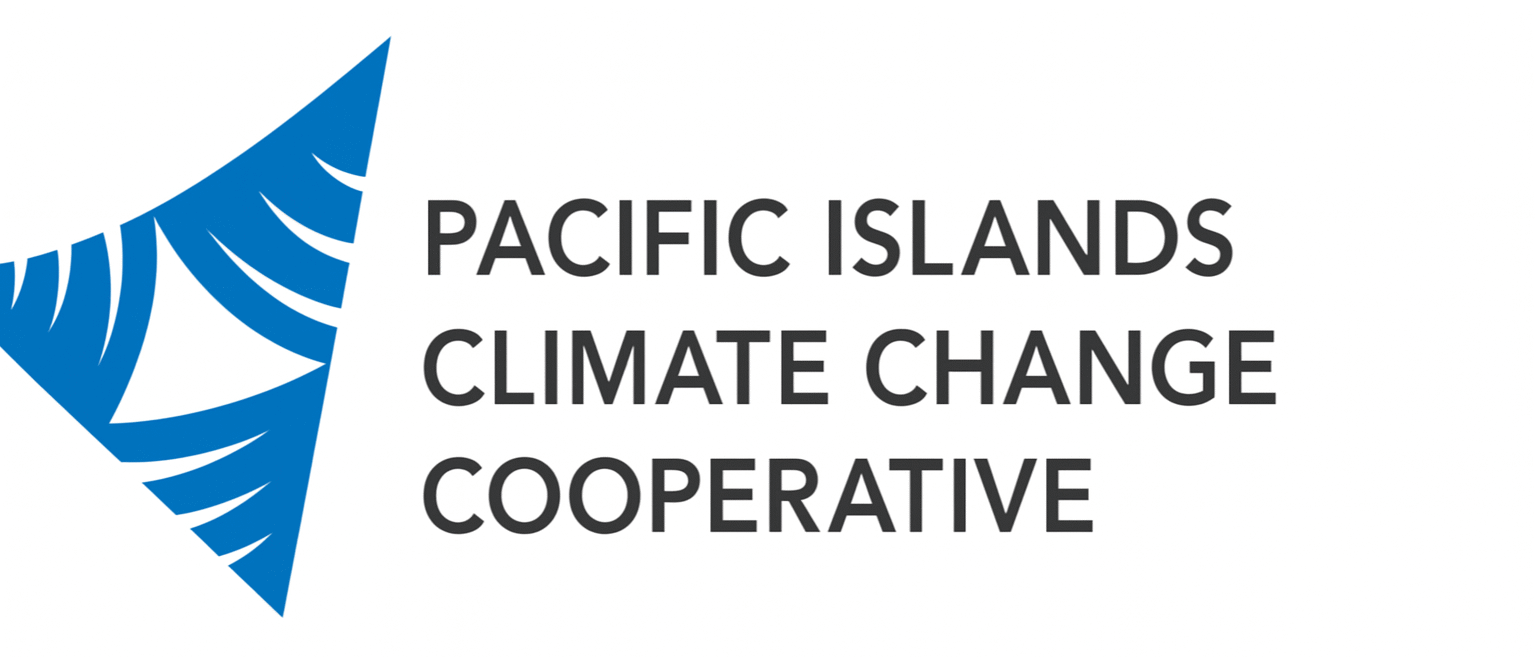As of September 2025, several U.S. jurisdictions are set to implement significant minimum wage increases. These hikes aim to address rising cost of living, improve worker income, and reflect long‑standing state and local policy commitments.
Here’s a detailed, state‑by‑state breakdown, complete with facts, figures, and the broader economic implications.
State-By-State Minimum Wage Increases Effective September 2025
| State / Jurisdiction | Current (or Jan 1, 2025) Wage | September 2025 Wage | Effective Date |
|---|---|---|---|
| Florida | $13.00 | $14.00 | September 30 |
| District of Columbia (DC) | $17.95 | — (already Jan/Jul) | — |
| Chicago (IL) | — | $16.60 | Since July 1 |
- Florida: The wage increases from $13.00 to $14.00 per hour, effective September 30, 2025 .
- District of Columbia: Already increased to $17.95 per hour (and tipped rate to $12.00) mid-2025; no new September change .
- Chicago (Illinois): Tipped workers and minimum wage rules raised to $16.60 per hour since July 1, 2025 .
Many other states already raised wages at January 1, 2025 (e.g., California to $16.50, Arizona $14.70, Michigan to $12.48, New York $15.50 / $16.50). However, Florida’s September update is the most prominent nationwide shift in that month.
Why These Hikes Matter
- The Florida increase is part of a voter-approved measure (Amendment 2) to raise the minimum wage gradually to $15 by 2026, then link future increases to inflation.
- In D.C., increases follow a CPI-indexed schedule, reflecting long-term commitment to keep wages aligned with living costs.
- Chicago’s hike benefits workers in high-cost metro areas, while aligning with broader Illinois reforms toward $15 by 2025
Economic & Social Impact
These adjustments are part of the bigger trend: 22+ states and numerous localities raised wages in 2025, benefiting millions of workers, especially in retail, hospitality, and service sectors .
- Workers gain improved take-home pay, reduced reliance on aid, and better financial stability.
- Employers may face higher labor costs, often offsetting through price adjustments, automation, or benefiting from reduced turnover and better hiring outcomes.
- Broader effects include boosted consumer spending, reduced income inequality, though some economists caution about inflationary pressure .
How to Prepare
- Workers: Verify your state’s current and upcoming wage levels, especially if you’re in Florida or urban centers like Chicago.
- Employers: Update payroll systems and inform employees before September 30, 2025 in Florida, or adjust for January or July changes in other areas.
- Consumers and renters: Anticipate slight price shifts, but also enjoy improved affordability if wages rise faster than living costs.
The September 2025 minimum wage hike—especially Florida’s move to $14 per hour—reflects broader momentum in state and local wage reform. While most states enacted changes earlier in the year, this timely update offers workers a critical boost and employers a clear deadline.
Across the nation, rising wages signal a shift toward fairer pay, economic resilience, and greater consumer capacity—marking an important step in the ongoing journey toward a living wage.
FAQs
When do the new minimum wages take effect?
In Florida, the increase to $14.00 is effective September 30, 2025. Other jurisdictions (like DC, Illinois/Chicago) already implemented changes earlier in 2025.
Which areas have the highest minimum wages as of mid-2025?
District of Columbia leads at $17.95/hr. Chicago is at $16.60. Florida’s increase to $14 is notable among September changes.

